How to Craft Social Media Posts That Resonate with Your Audience
In the ever-evolving world of digital marketing, one size does not fit all—especially when it comes to mental health professionals. As a boutique marketing company for psychologists and therapists, TME Brand Marketing understands the unique challenges and opportunities of promoting mental health services online. Whether you’re a solo practitioner or managing a group practice, the key to effective social media for therapists lies in crafting niche content that speaks directly to your audience. Let’s dive into how you can make your posts not just seen but felt.
Start with Your Audience in Mind
The first rule of social media for therapists is to know your audience. Who are you speaking to? Are you targeting anxious millennials, couples navigating relationship challenges, or parents seeking help for their children? Each audience has distinct needs, language, and pain points. Tailoring your content to address these specifics makes your posts more relatable and impactful.
Here’s a quick exercise: Create audience personas. For example, one persona might be “Annie, a 29-year-old tech worker experiencing burnout.” Another could be “Tom and Sarah, a couple in their late 30s navigating communication issues.” By visualizing your ideal clients, you can craft posts that feel like a personal conversation.
Balance Professionalism with Approachability
Therapists often grapple with striking the right tone on social media. You want to exude credibility while remaining approachable. A great way to do this is by sharing content that is empathetic and educational without feeling overly clinical. Think of your social media presence as an extension of your therapy room—a safe space where potential clients can feel seen and understood.
Here’s an example: Instead of posting, “Cognitive Behavioral Therapy helps address maladaptive thought patterns,” try, “Feeling stuck in a loop of negative thoughts? Let’s talk about how CBT can help break the cycle.” This shift in tone can make your content more relatable while still showcasing your expertise.
Highlight Your Niche
Your niche is your superpower. Are you a trauma-informed therapist? Do you specialize in LGBTQ+ issues? Or perhaps you’re known for your expertise in mindfulness and meditation. Whatever your focus, let it shine in your posts.
When creating content, remember that people seek therapists who understand their unique struggles. For instance, if you specialize in working with new mothers, share posts about managing postpartum anxiety or building a support network. When you cater to a specific group, you’re more likely to attract engaged followers who resonate with your message.
Use Visual Storytelling
In the age of Instagram and TikTok, visuals are everything. Posts with compelling images, videos, or infographics are more likely to catch someone’s eye as they scroll. As a marketing company for psychologists and therapists, we’ve seen how powerful visual storytelling can be in conveying complex mental health concepts in a digestible way.
For example:
- Create short videos explaining common therapy terms or techniques.
- Share carousel posts breaking down topics like “5 Signs of Burnout” or “How to Practice Self-Compassion.”
- Use calming colors and fonts that reflect your therapeutic style.
And don’t underestimate the power of a genuine photo of yourself—it humanizes your brand and helps potential clients feel connected.
Educate Without Overloading
Social media for therapists works best when it offers bite-sized insights rather than lengthy lectures. Think of your posts as a teaser for the deeper work you do in therapy sessions. Share actionable tips, thought-provoking questions, or brief explanations of mental health concepts.
For example:
- Instead of a dense paragraph on attachment theory, try: “Did you know your attachment style can impact your relationships? Swipe to learn more!”
- Post a quick mindfulness exercise your followers can try during a stressful day.
Educational content positions you as a knowledgeable resource while encouraging your audience to seek further support—ideally, from you!
Leverage Storytelling
People connect with stories, not statistics. Share relatable anecdotes (while maintaining confidentiality) or personal reflections that align with your therapeutic values. Stories create an emotional connection, making your audience more likely to engage with your content.
For example, you might post something like, “A common theme I’ve seen in sessions this week: the struggle to set boundaries. It’s not easy, but it’s one of the most empowering steps you can take for your mental health.”
Call to Action (CTA) Matters
Don’t forget to include a clear call to action in your posts. A simple “DM me to schedule a free consultation” or “Click the link in my bio to learn more” can guide your audience toward taking the next step. Even softer CTAs like “Save this post for later” or “Share with a friend who might need this” can boost engagement and expand your reach.
Stay Consistent
Consistency builds trust. Posting sporadically can make your audience lose interest, while a regular posting schedule keeps your practice top-of-mind. If managing social media feels overwhelming, consider batching your content creation or outsourcing to a marketing company for psychologists like TME Brand Marketing.
Integrate Your Website and Social Media
Your social media should complement your website. If you’ve invested in web design for mental health therapists, ensure your social platforms align with your site’s branding and messaging. For instance, if your website emphasizes a warm and welcoming tone, carry that over to your Instagram captions and Facebook posts. Use your social media to drive traffic to your website—whether it’s for booking appointments, reading blog posts, or signing up for a newsletter.
Engage With Your Followers
Social media is a two-way street. Respond to comments, answer questions, and acknowledge messages. Engaging with your audience builds rapport and shows that you’re approachable. Plus, platforms like Instagram and Facebook reward active engagement by boosting your content’s visibility.
Track Your Performance
Finally, don’t forget to analyze what’s working. Most social platforms offer analytics tools to track engagement, reach, and follower growth. Use this data to refine your strategy. If certain topics or post formats perform particularly well, lean into those trends.
Conclusion
Crafting social media content that resonates with your audience is both an art and a science. By understanding your niche, engaging with your followers, and integrating your efforts with a strong website, you can establish a meaningful online presence. At TME Brand Marketing, we specialize in helping mental health professionals navigate the digital landscape with ease. Whether you need help with social media for therapists or web design for mental health therapists, we’re here to amplify your voice and connect you with the clients who need you most.
Ready to take your practice to the next level? Let’s create something impactful together.
We’re here to help! Book a free ‘Get to Know You’ call with us today!

